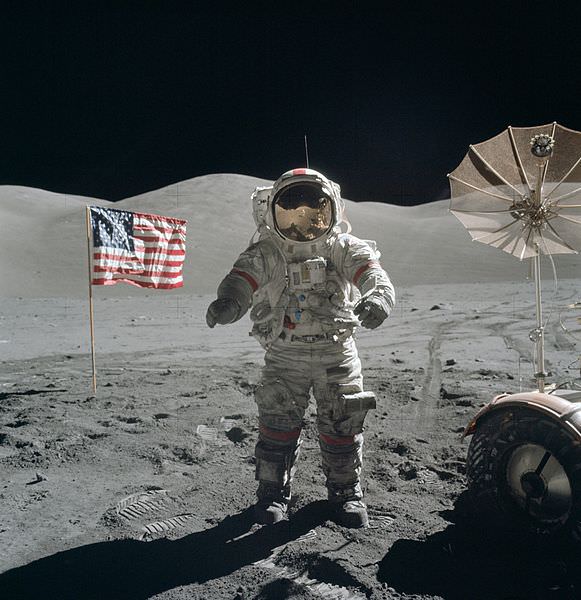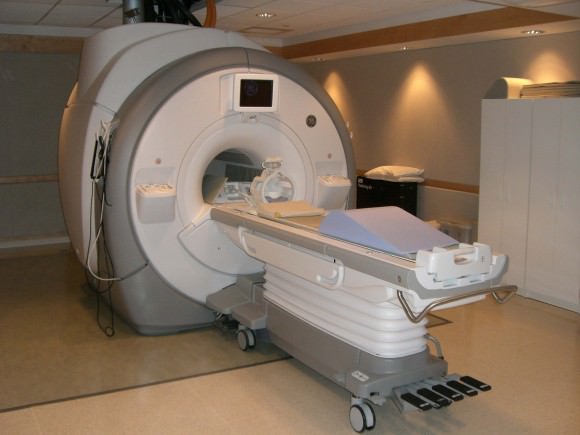Why explore space? It’s an expensive arena to play in, between the fuel costs and the technological challenge of operating in a hostile environment. For humans, a small mistake can quickly become fatal — something that we have seen several times in space history. And for NASA’s budget, there are projects that come in late and over budget, drawing the ire of Congress and the public.
These are some of the drawbacks. But for the rest of this article, we will focus on some of the benefits of going where few humans have gone before.
Spinoffs
Perhaps the most direct benefit comes from technologies used on Earth that were first pioneered in space exploration. This is something that all agencies talk about, but we’ll focus on the NASA Spinoff program as an example. (NASA will be used as the prime example for most of this article, but many of these cited benefits are also quoted by other space agencies.)
The program arose from NASA’s desire to showcase spinoffs at congressional budget hearings, according to its website. This began with a “Technology Utilization Program Report” in 1973, which began as a black-and-white circular and progressed to color in 1976 following public interest. Since that year, NASA has published more than 1,800 reports on spinoffs.
The agency has several goals in doing this. “Dispelling the myth of wasted taxpayer dollars” is one NASA cites, along with encouraging the public to follow space exploration and showing how American ingenuity can work in space.
There are many commercialized advances the program says it contributed to, including “memory foam” (first used for airline crash protection), magnetic resonance imaging and smoke detection. In many cases, NASA did not invent the technology itself, but just pushed it along, the agency says.

But as counterpoint to NASA’s arguments, some critics argue the technology would have been developed anyway without space exploration, or that the money spent on exploration itself does not justify the spinoff.
Job creation
Another popularly cited benefit of space exploration is “job creation”, or the fact that a space agency and its network of contractors, universities and other entities help people stay employed. From time to time, NASA puts out figures concerning how many associated jobs a particular project generates, or the economic impact.
Here’s an example: in 2012, NASA administrator Charles Bolden published a blog post about the Curiosity Mars rover landing, which was picked up by the White House website. “It’s also important to remember that the $2.5 billion investment made in this project was not spent on Mars, but right here on Earth, supporting more than 7,000 jobs in at least 31 states,” he wrote.
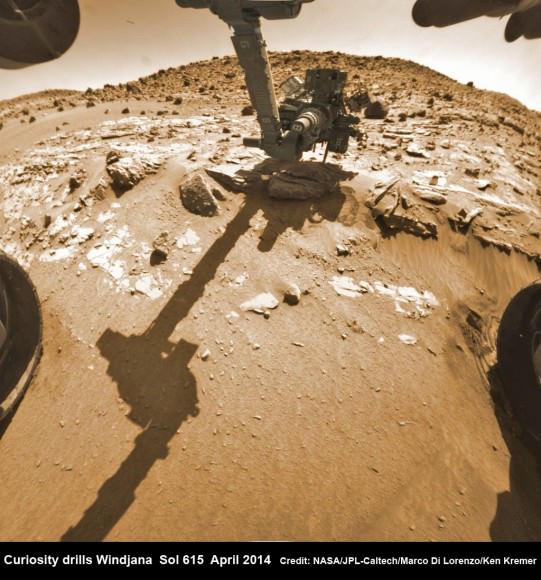
But the benefit can cut in a negative way, too. NASA’s budget is allocated by Congress, which means that the amount of money it has available for employment fluctuates. There are also some programs that are highly dependent on grants, which can make stable jobs challenging in those fields. Finally, as the priorities of Congress/NASA change, jobs can evaporate with it. One example was the space shuttle’s retirement, which prompted a job loss so massive that NASA had a “transition strategy” for its employees and contractors.
It’s also unclear what constitutes a “job” under NASA parlance. Some universities have researchers working on multiple projects — NASA-related or not. Employment can also be full-time, part-time or occasional. So while “job creation” is cited as a benefit, more details about those jobs are needed to make an informed decision about how much good it does.
Education
Teaching has a high priority for NASA, so much so that it has flown astronaut educators in space. (The first one, Christa McAuliffe, died aboard the space shuttle Challenger during launch in 1986. Her backup, Barbara Morgan, was selected as an educator/mission specialist in 1998 and flew aboard STS-118 in 2007.) And to this day, astronauts regularly do in-flight conferences with students from space, ostensibly to inspire them to pursue careers in the field.
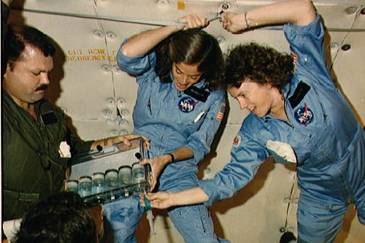
NASA’s education office has three goals: making the workforce stronger, encouraging students to pursue STEM careers (science, technology, engineering and mathematics), and “engaging Americans in NASA’s mission.” Other space agencies also have education components to assist with requirements in their own countries. It’s also fair to say the public affairs office for NASA and other agencies play roles in education, although they also talk about topics such as missions in progress.
But it’s hard to figure out how well the education efforts translate into inspiring students, according to a National Research Council report on NASA’s primary and secondary education program in 2008. Among other criticisms, the program was cited as unstable (as it needs to change with political priorities) and there was little “rigorous evaluation” of its effectiveness. But NASA’s emphasis on science and discovery was also praised.
Anecdotally, however, many astronauts and people within NASA have spoken about being inspired by watching missions such as Apollo take place. And the same is true of people who are peripherally involved in the field, too. (A personal example: this author first became interested in space in the mid-1990s through the movie Apollo 13, which led to her watching the space shuttle program more closely.)
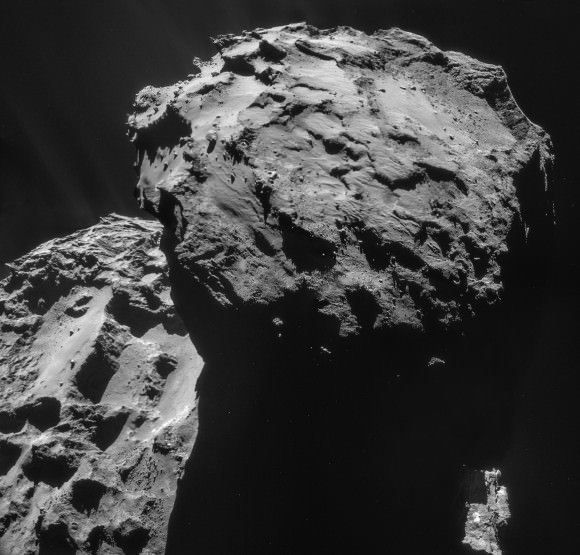
Intangible benefits
Added to this host of business-like benefits, of course, are the intangibles. What sort of value can you place on better understanding the universe? Think of finding methane on Mars, or discovering an exoplanet, or constructing the International Space Station to do long-term exploration studies. Each has a cost associated with it, but with each also comes a smidgeon of knowledge we can add to the encyclopedia of the human race.
Space can also inspire art, which is something seen heavily in 2014 following the arrival of the European Space Agency Rosetta mission at Comet 67P/Churyumov–Gerasimenko. It inspired songs, short videos and many other works of art. NASA’s missions, particularly those early space explorers of the 1950s and 1960s, inspired creations from people as famous as Norman Rockwell.
There also are benefits that maybe we cannot anticipate ahead of time. The Search for Extraterrestrial Intelligence (SETI) is a network that advocates looking for life around the universe, likely because communicating with beings outside of Earth could bring us some benefit. And perhaps there is another space-related discovery just around the corner that will change our lives drastically.
For more information, here is a Universe Today article about how we really watched television from the moon. We also collected some spin-offs from the Hubble Space Telescope. You can also listen to Astronomy Cast. Episode 144 Space Elevators.

